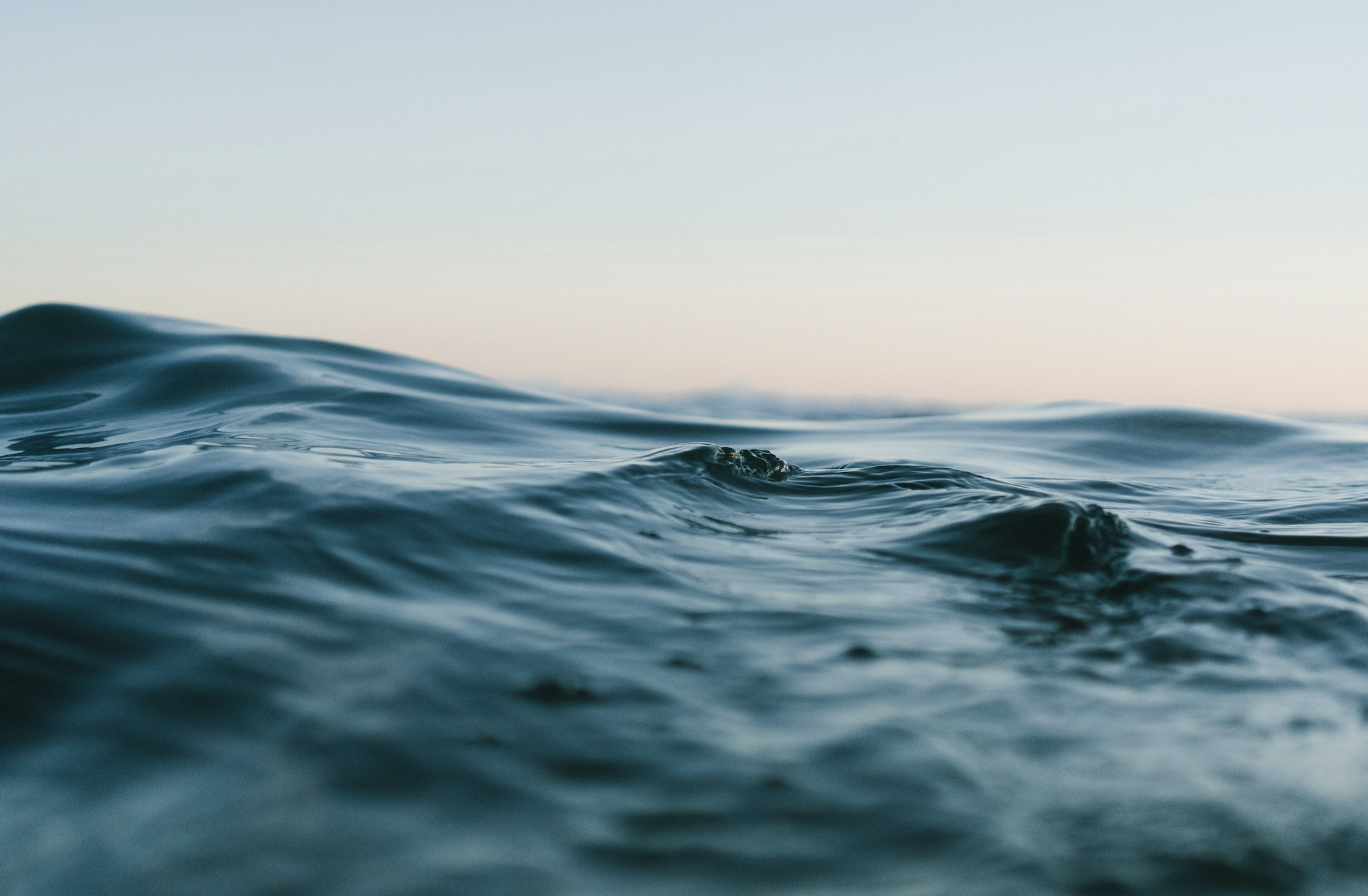Where Does Deep-Sea Mining Happen?

Most deep-sea mining exploration is not scattered randomly across the oceans — it clusters in a few metal-rich “hot zones” that scientists have mapped over decades of research dives and sonar surveys.
Clarion–Clipperton Zone (CCZ)
Stretching between Hawai‘i and Mexico, this Pacific plain is the size of the continental United States. Here, potato-sized nodules sit loose on soft mud at 4,000 - 6,000 m depth. More than twenty international contractors hold trial blocks in the CCZ, making it the world’s main test bed for nodule harvesting.
Peru Basin
South-east of the Galápagos, this smaller nodule field hosts Germany’s long-running DISCOL experiment, where scientists study how seafloor life recovers after disturbance.
Prime Crust Zone
Think of a wide horseshoe running from the Marshall Islands to the Mariana Trench. Along these extinct volcanic peaks, seawater has plated the bare rock with cobalt-rich ferromanganese crusts — just a few centimeters thick but packed with cobalt, tellurium and rare-earth elements.
Mid-ocean ridges and back-arc basins
Where tectonic plates pull apart, seawater meets magma and builds “black-smoker” chimneys of copper, zinc, gold and silver. Key spots include the Tonga-Kermadec arc in the South Pacific, the Okinawa Trough near Japan and sections of the Mid-Atlantic Ridge. These deposits are known as seafloor massive sulphides.
Exclusive Economic Zones (EEZs)
A handful of coastal nations are exploring just inside their 200-nautical-mile limits: Cook Islands for nodules, Japan for sulphides, and Norway off its Arctic shelf for mixed sulphide–phosphate layers. Working in an EEZ lets a country “skip” the UN permit process and set its own rules.



